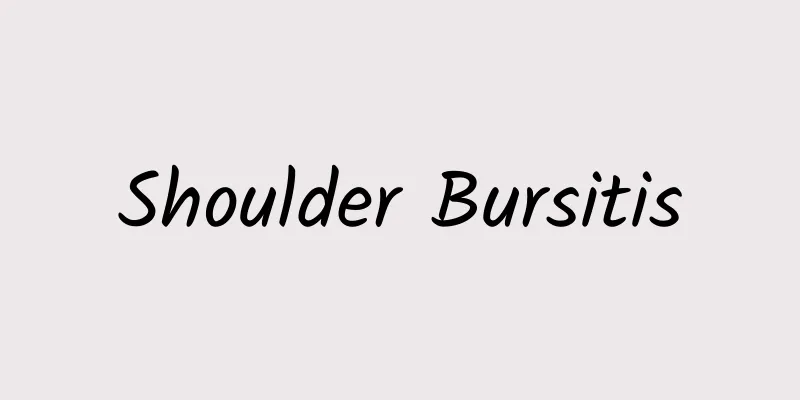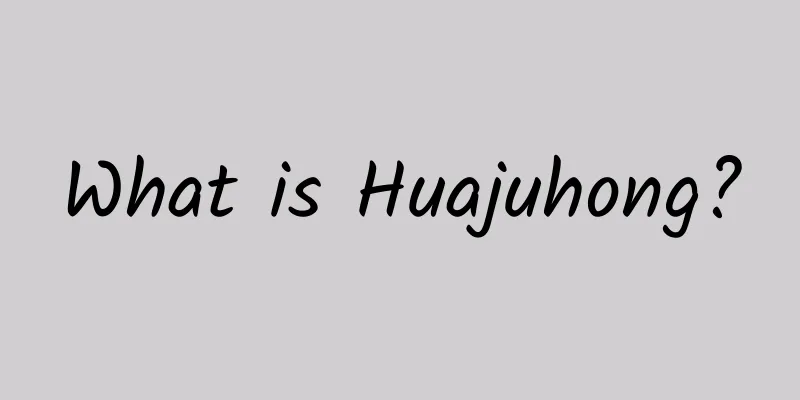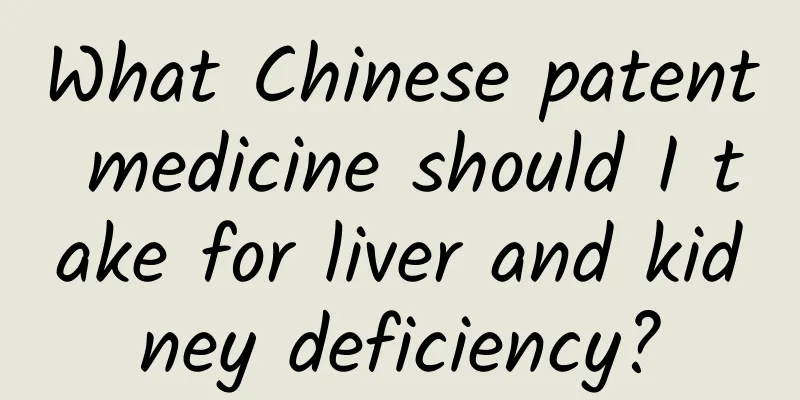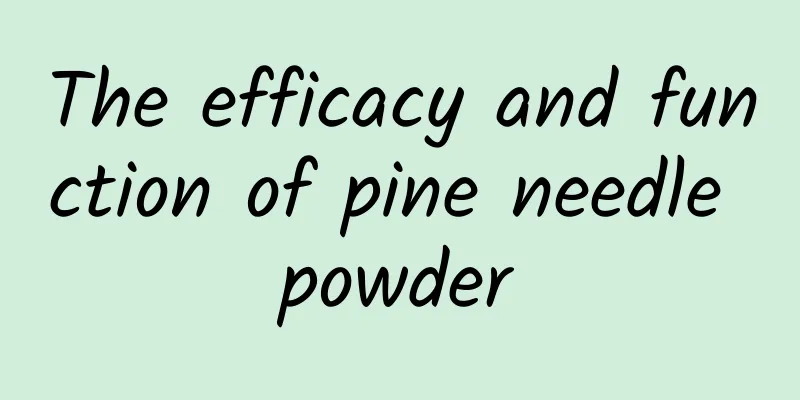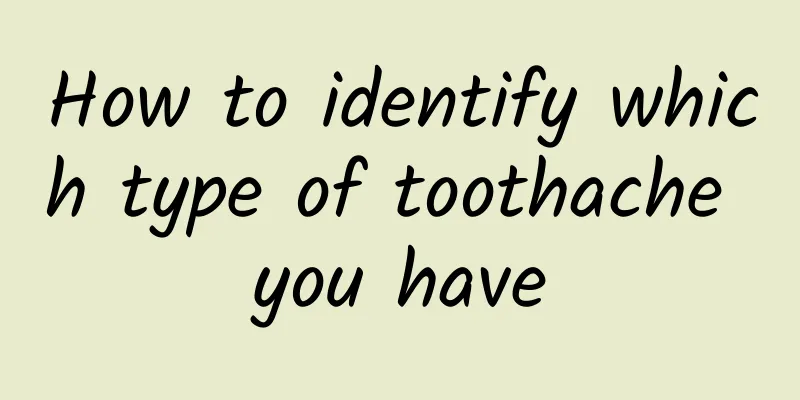What are the causes of nodular arteritis? How to prevent it?
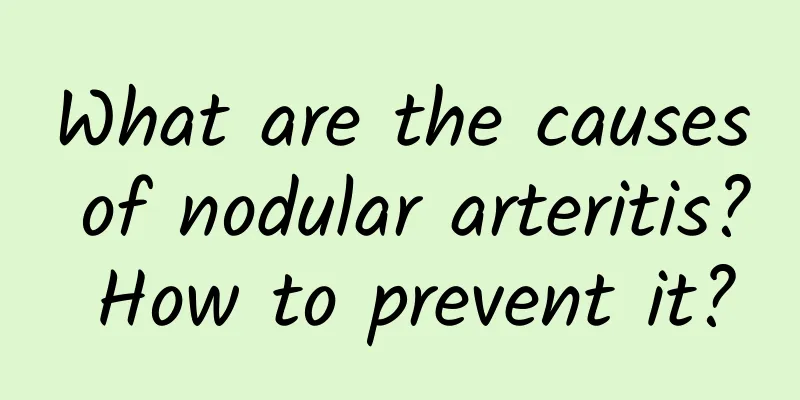
|
Nodular arteritis is a disease that has a great impact on patients. Since nodular arteritis has complications such as hypertension, low back pain, and renal arteritis, once this disease is discovered, medical attention should be sought promptly. In addition, in daily life, prevention can also be carried out through the use of antibiotics, vaccinations, etc. Dietary health care is also a very important form of care. Next, I will introduce you to the relevant knowledge about nodular arteritis. Pathological etiology The causes of this disease can be divided into two categories. One category is that the cause of most polyarteritis nodosa is still unclear. Another type is that a part of polyarteritis nodosa (about 1/3) is related to hepatitis B virus infection. With the application of hepatitis B vaccine, the number of patients with polyarteritis nodosa related to hepatitis B infection is gradually decreasing. Other causes of polyarteritis nodosa may include human immunodeficiency virus infection, cytomegalovirus infection, paravirus B19, etc. However, there is currently no direct evidence that these factors can cause polyarteritis nodosa. The vascular walls of experimental animals are sensitized to various antigens and develop subendothelial hyaline necrosis. The mechanism is the deposition of immune complexes (IC) on the blood vessel wall, which activates complement and causes inflammation. Activated complement components attract polymorphonuclear leukocytes, which in turn phagocytose deposited immune complexes and release lysosomal enzymes to damage the arterial wall. The occurrence and development of IC arteritis is related to the persistence, size and genetic predisposition of IC. Viruses that grow in the vascular intima and localize to the blood vessels can also cause arteritis, such as cytomegalovirus and rubella virus. This disease can also be caused by drug-induced hypertension and hypertension caused by unilateral nephrectomy. complication The incidence of hypertension in this disease is higher than that of other vasculitides, and most of them are high-renin hypertension. Hypertension is the consequence of renal arteritis and glomerulonephritis, and some of them may present as severe hypertension or malignant hypertension. The low back pain is continuous or intermittent, and when severe it can involve abdominal pain. Renal infarction and hemangioma rupture caused by renal arteritis may be complicated by glomerular cortical ischemia and necrosis, and in severe cases, renal failure and death. Preventive Care 1. Use antibiotics rationally to prevent allergic reactions. Especially for people with highly sensitive constitution. More attention should be paid to avoiding various allergenic factors. 2. For patients infected with hepatitis B, active symptomatic treatment should be given. High-risk groups should be given hepatitis B vaccine in a timely manner to prevent the disease. Diet and health care Depending on the different symptoms, there are different dietary requirements. Please ask the doctor specifically and formulate different dietary standards for specific diseases. |
<<: Is paronychia painful? How to prevent and treat paronychia?
Recommend
What are the topical medications for the treatment of hemorrhoids?
Hemorrhoids are a disease with a very high incide...
The best medicine for cerebral infarction
The first 6 hours after the onset of cerebral inf...
How to take Rhodiola rosea
Rhodiola rosea is a common Chinese medicine. Rhod...
How to treat abdominal hernia in children? Two methods can help you cure it
Parents need to pay more attention when children ...
Sudden ear droop symptoms
Sudden deafness is an idiopathic type of sudden d...
What are the symptoms of chest pain?
Chest pain is quite common in life, and there are...
These four foods are the best for nourishing the kidneys and moistening the lungs
Nowadays, more and more people are eating foods t...
The old man was sleeping but breathing but couldn't be woken up
As people age, their physical fitness will become...
Medicinal value of sycamore seeds
Many people may have seen sycamore seeds but don&...
Lung Cleansing Tea Recipe
Drinking tea is a habit that many people have in ...
Can pregnant women drink bamboo leaf green water?
Chinese people are a big tea-drinking country, an...
What causes numbness in feet?
Numbness in the feet is a very common problem. So...
What should you not eat for allergic cough? Don't touch this
Allergic cough is a common respiratory symptom, w...
How to treat dizziness and headache
Dizziness and headaches are very common symptoms ...
Symptoms of cervical spondylosis
In the early stages of cervical spondylosis, pati...
